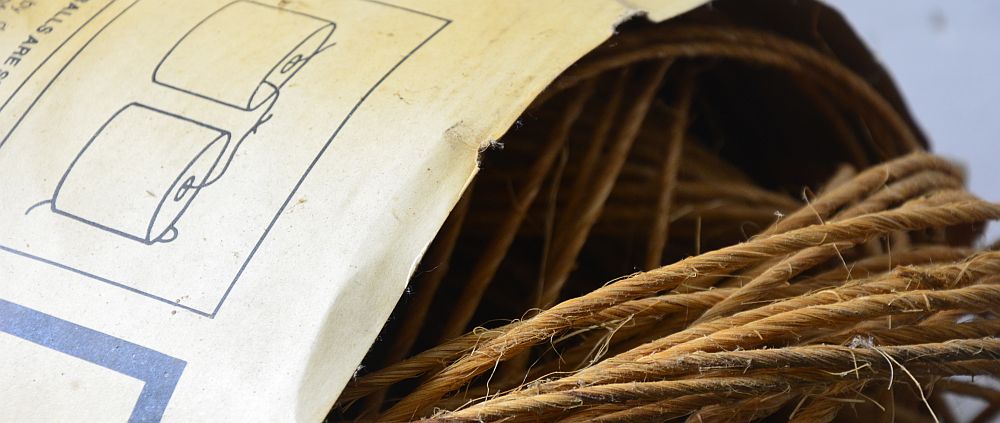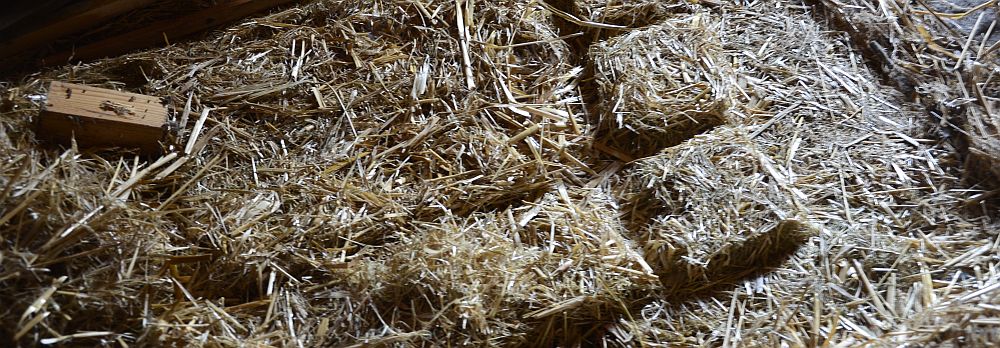We have moved to the countryside and it goes without saying that we are surrounded by what is commonly called wildlife. Some so far have not introduced themselves in person. They prefer to leave their business card. And they do so in numbers, well, we could have done with less.
Some make themselves heard in the darkblue very starry nights we have here. Quite certainly it will be some kinds of bird of prey. We hope to learn their names over the course of the years. Just across the small road to the west there is a field of maize and from out of there a pheasant has made its voice heard every now and then. Also, the area is home to bats. They come in the latter part of the blue hour hunting for whatever dares to be in the air at that time of the fading day. In spring it was cockchafer. Cockchafer grubs are living in the soil in good numbers and all sizes. There is a lot of oak trees around.
Swallows and barn martins are treating us to their flight shows. On a good day they chase off the falcon and after their success seem to give eachother what looks like a flown high-five. For the past two weeks or so every now and then they gathered on our roof chatting cheerfully and with a lot of hubbub – as they always do, even while hunting. I was wondering whether this could be some ritual to prepare for their upcoming migration. A family of redstarts is living in and around the barn. And wagtails search the meadow each time it is freshly cut. Up in the oak trees lining the small road magpies live and crows. And bussards draw their circles on the spotless summer sky – every so often chased away by either the crows or the magpies.
There are pigeons. Or doves for that matter. Currently, which is late August, the wood pigeons have their ramshackle nest from sticks in the back part of our barn. They have at least one chick, fluffy and dark grey. We have had a grey heron visiting and a stork in spring. A flock of cheerful sparrows is living in our front garden. The two purple hawthorn trees are theirs and the yews next to the hawthorns too. And we had blackbirds breeding in the corner of our patio. They had three clutches and raised twelve chicks.
Some wildlife has failed to leave while it was still time. I found the mumified carcass of a marten in the old hey in the barn. It was stuck between an almost ancient bale of hey and the brick wall, baring its teeth. A somewhat eerie sight in the twilight of an old barn. And our neighbour’s dog managed to cut one lad’s life short by catching a root vole in what is to become our back garden.
There have been butterflies almost right from the start. But with the meadow now having more flowers than grass they seem to have become much more abundant. Also there are two large bushes of privet in the front garden which have attracted a great many and all sorts of insect visitors during bloom. Plus we planted some flowers in our garden-to-be, amongst them lavender and sage, a white hollyhock and a few roses. The white butterflies obviously cannot resist the little yellow flowers that have sprung up in our meadow, presumably some kind of hawksbeard. It is their place to look out for a date. They dance in pairs or threes or fours up into the sky.
But other butterflies, like the small tortoiseshell, seem to clearly prefer our white Echinacea. The species that seems to be very abundant is red admiral. It is very eye catching with its brilliant black and red wings.
There are hoverflies as well and of course bumblebees and ladybirds. We have had a nest of white tailed bumblebees in a stack of old straw in the barn all summer. It seems abandoned now, as could be expected by September, but there are still bumblebees around. Some built their nest in crevices of the brick wall of the house. And there are midges or rather mosquitoes. I have seen the majestic hornets, the tottery daddy longlegs, and only recently, some golden-brown very delicate dragonflies have paid their visit. The place here not only is rural, but there is a peat bog not far, too. So dragonflies do not come as a total surprise.
It was to be expected that a certain proportion of our plums would be claimed for dinner before we could harvest them. Tiny pink larvae were eating them up from within. We have put up large barrels to collect rain water from the downpipes. The vessels got inhabited in a blink. Almost from the start little swimming beetles raced around. Later the larvae of great diving beetles caught whatever they could catch. They are known to be greedy.
As I write this it is a sunny late summer afternoon. Temperatures have gone down to the mid-twenties. The old ivy on the wall of the little stable is in its early bloom – much to the solitary bees‘ liking.
































































